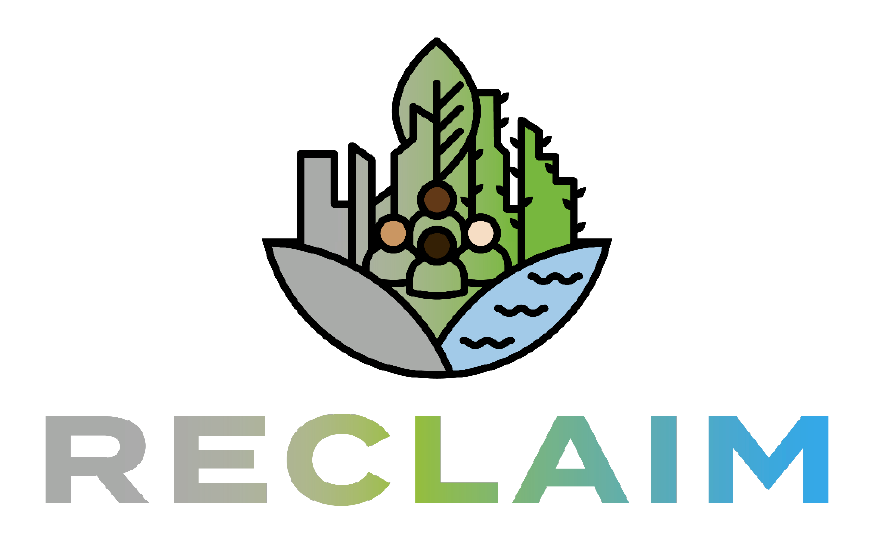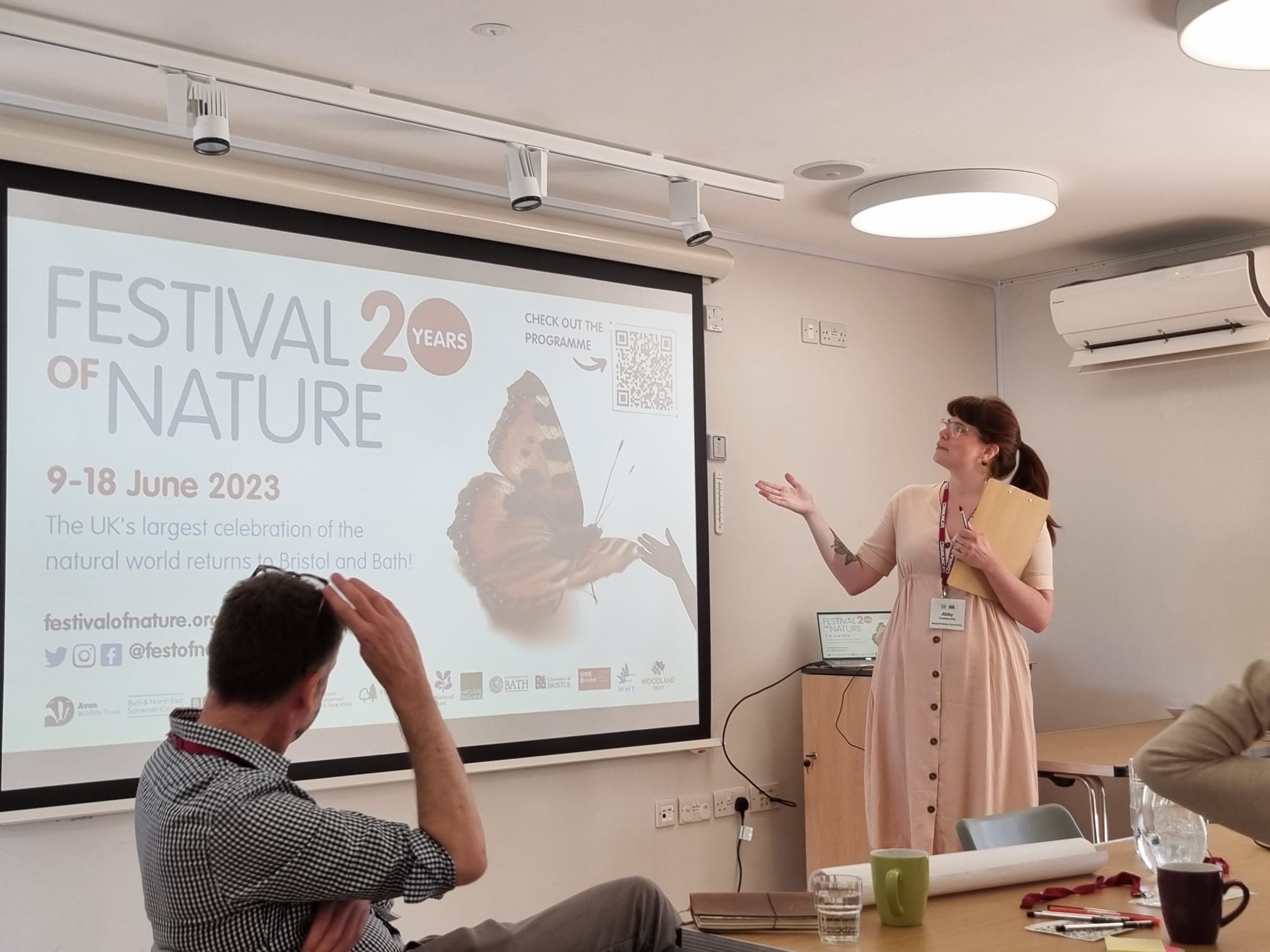How can public health, biodiversity and the planning and management of green and blue spaces ensure our cities are most ‘liveable’?
The multiple layers that create a liveable city were unpicked in Bristol this June, when people from a wealth of disciplines and sectors came together. From Bristol Avon Rivers Trust, to UWE and the University of Bristol, to regional councils, the National Trust and the NHS: a range of viewpoints, ideas and connections were shared and developed.
In the morning, Reclaim Network Plus Co-I Thomas Kjeldsen (from the University of Bath) gave a great introduction to the network and overview of the work successfully completed to date. Next, the spotlight was on biodiversity, land and water management, when delegates were joined by Richard Goldthorpe (Bristol City Council and Head of Placemaking and Design at the National Trust) and Stuart Gardner (BANES), with ideas presented around natural corridors in urban spaces, and the tensions around differing perceptions of space-use. The afternoon brought an in-depth look at public health and planning in which data around proximity to natural spaces from the Quality of Life survey was presented and discussed by Isabel Bray, Rebecca Reece and Zaky Fouad from the University of the West of England (UWE). Throughout the day, small-group roundtable provocations allowed for mapping, rich discussion and networking between researchers and practitioners across sectors.
Several key themes subsequently arose: perhaps most notably the reliance on small groups of volunteers running on good will (eg. ‘Friends of’ groups for green and blue spaces) to both understand the social and geographical intricacies of the local area, and to successfully integrate and enact policy in the community. Resulting conversation uncovered the importance of a ‘top-down, bottom-up’ approach, to ensure the wealth of knowledge held by local groups is incorporated into policy alongside cutting-edge research and key government targets.
Another crucial piece of the puzzle joined the day’s sessions together when UWE’s presentations showed that public health is linked to key green infrastructure, especially ‘doorstep greenspaces’: smaller, local green pockets such as small neighbourhood parks and other green and blue natural habitats. Research showed that we feel most meaningfully connected to these spaces due to their proximity, so these spaces should be located within 200m of our homes to provide the greatest impact on our mental health. However in Bristol these spaces were, on average, 275m away from individuals’ residences, meaning they could less easily be reached, providing less positive impact for local public health, and in turn resulting in fewer of those highly-important natural corridors drawing nature into and out of our urban spaces. Understanding that the link between public health, green and blue spaces and biodiversity is so intertwined is key as we accelerate work in these areas at pace:
Local communities form the lynchpin driving forward biodiversity and land management initiatives on a local level like street planters, ponds, allotments and both community and private garden growing initiatives which allow vital natural corridors to flourish
The creation, maintenance and contemplation of this same infrastructure bolsters the health and wellbeing of the same local communities.
This forms just a flavour of the findings from the day, with a summary of the day’s learnings to be distributed to attendees to support learning and potential connections.
This work has been supported by the UKRI-funded RECLAIM Network Plus grant (EP/W034034/1).
By Abby Charlesworth, Programmes Officer at the Natural History Consortium .





